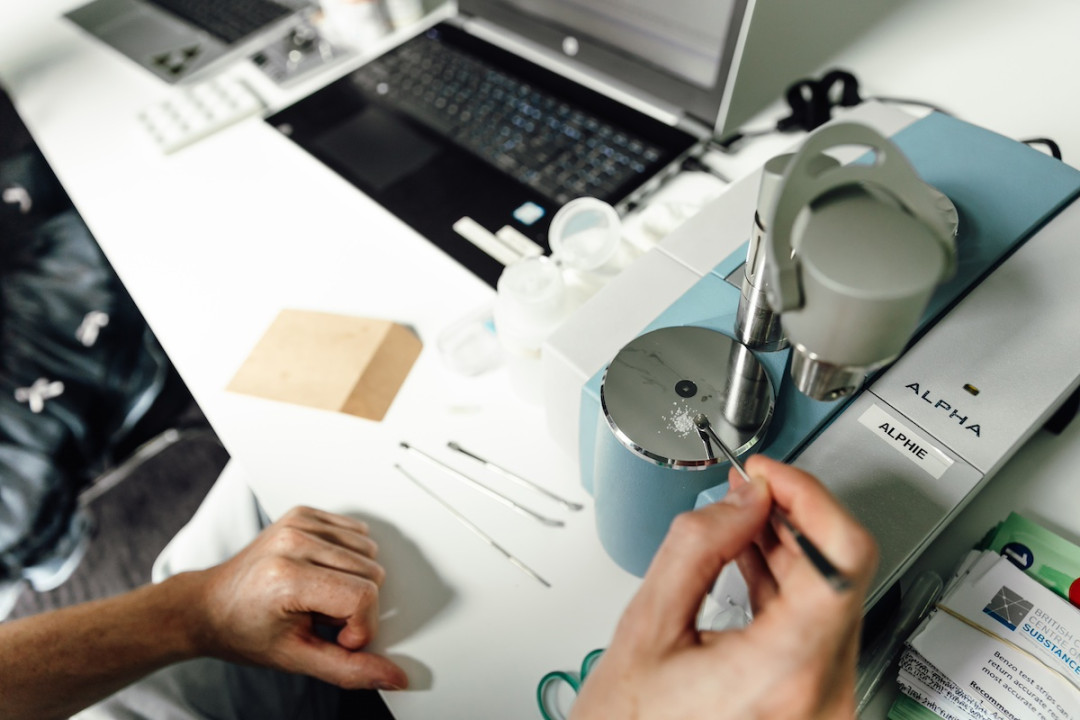Drug Foundation celebrates significant growth of drug checking service

Significant growth in drug checking availability and uptake is helping to prevent harm in more parts of the community, the NZ Drug Foundation Te Puna Whakaiti Pāmamae Kai Whakapiri says.
The Foundation’s drug checking service tested 2602 samples at 98 clinics in 2023, a 51% increase on 2022 (1720 samples at 73 clinics). This doesn’t include samples tested by the country’s other drug checking providers, KnowYourStuffNZ and Drug Injecting Services Canterbury (DISC).
The numbers are revealed in the Foundation’s latest drug checking report, What we saw at drug checking in 2023, which shows that nearly one in five drugs checked in 2023 were different to what people thought they had.
The Foundation’s Executive Director Sarah Helm says that drug checking services save lives by telling people what’s in their drugs and sharing information about how to stay safer.
“The most dangerous drug is the one someone isn’t expecting,” she says. “We found that was the case in nearly one in five of the drugs we checked last year, which shows just how crucial this service is.”
“We don’t just tell people what’s in their drugs. We have a confidential harm reduction conversation with every person who walks through the door about ways to stay safer. For some people it’s the first time they’ve been able to have an honest conversation about their drug use.”
Helm says that drug checking providers have identified several dangerous substances sold as other drugs recently, including powerful synthetic opioids called nitazenes, novel benzodiazepines, synthetic cathinones, and even non-psychoactive industrial chemicals like cyclohexanamine.
“The global drug market is becoming more and more volatile. We’re seeing some concerning substances in circulation, so we really encourage everyone to get their drugs checked.”
She says that drug checking has a broad impact beyond those who are accessing the service.
“Drug checking has a massive impact in preventing harm beyond those who we see through the door. On multiple occasions throughout the year we alerted the wider community to some really dangerous substances that were circulating,” she says.
Helm says the growth of the service is down to staff working hard to build trust among a more diverse range of people who use drugs.
“Drug checking is still a new service for most people, so it’s great to see that we are reaching a more diverse range of people who use a range of different drugs,” she says.
“We have an amazing drug checking team who have worked really hard to build trust by delivering a friendly, confidential and non-judgmental service that helps people to stay safer. The feedback that is highlighted in the report is heartening.”
Key findings from the report:
Out of all samples checked in 2023:
- 64% were what people expected. Some of these drugs contained binder or filler.
- 8.5% contained a completely different drug to what the person expected.
- 6.5% contained the drug the person expected plus one or more other psychoactive or hazardous substances.
- 3% returned inconclusive results.
- For the remaining samples, the drug was unknown when it was brought in or the person chose not to disclose it.
Samples that were found to be as expected (or combined with non-psychoactive binder or filler):
- 86% of MDMA
- 71% of cocaine
- 75% of methamphetamine
- 91% of ketamine
- 90% of LSD
Share:
Topics
Drugs
Recent news

Reflections from the 2024 UN Commission on Narcotic Drugs
Executive Director Sarah Helm reflects on this year's global drug conference
What can we learn from Australia’s free naloxone scheme?
As harm reduction advocates in Aotearoa push for better naloxone access, we look for lessons across the ditch.

A new approach to reporting on drug data
We've launched a new tool to help you find the latest drug data and changed how we report throughout the year.

